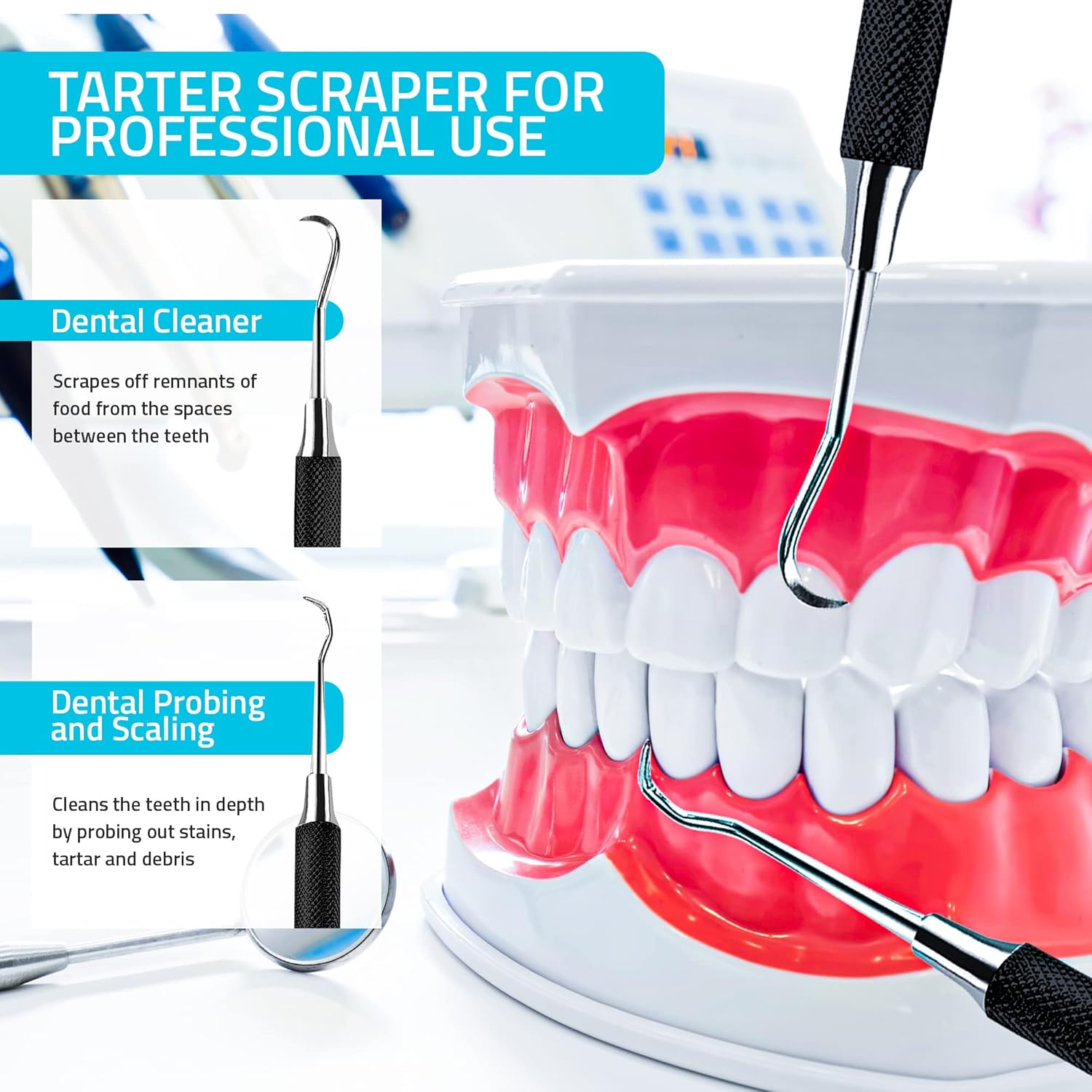Bone Spicule After Tooth Extraction

The aftermath of a tooth extraction can be a whirlwind of sensations and uncertainties, leaving patients wondering what to expect and how to navigate the healing process. Among the various complications that can arise, one peculiar phenomenon is the emergence of a bone spicule. But what exactly is a bone spicule, and how does it relate to tooth extraction? To delve into this topic, we must first understand the context and implications of bone spicules in the realm of oral surgery.
Understanding Bone Spicules
A bone spicule, in the context of oral surgery, refers to a small, sharp fragment of bone that can become dislodged and protrude through the gum tissue after a tooth extraction. This fragment is essentially a shard of bone that has broken off from the surrounding jawbone, often as a result of the surgical procedure itself. The term “spicule” is derived from the Latin word “spiculum,” meaning “a small spike” or “point,” which aptly describes the shape and nature of these bone fragments.
Causes and Risk Factors
The formation of a bone spicule after tooth extraction is relatively rare but can be attributed to several factors. One primary cause is the mechanical trauma inflicted upon the bone during the extraction process. When a tooth is removed, the surrounding bone may undergo micro-fractures, leading to the separation of small bone fragments. These fragments can then work their way through the healing gum tissue, eventually becoming exposed.
Other risk factors that may contribute to the development of bone spicules include:
- Extensive bone removal: During the extraction, if a significant amount of bone is removed to access the tooth, the risk of fragmenting the bone increases.
- Traumatic extraction: A difficult or traumatic tooth extraction, where excessive force is applied, can lead to a higher likelihood of bone spicule formation.
- Thin gum tissue: Patients with naturally thin gum tissue may be more prone to bone spicules, as there is less tissue to cover and protect the underlying bone.
- Post-operative healing complications: Issues with the healing process, such as dry socket or infection, can also increase the risk of bone spicule exposure.
Symptoms and Diagnosis
The symptoms associated with a bone spicule can vary, but common complaints include:
- Sharp pain: A stabbing or sharp pain in the extraction site, which can be exacerbated by touching or applying pressure to the area.
- Irritation: The bone spicule can cause irritation to the surrounding gum tissue, leading to redness, swelling, and potentially infection.
- Visible fragment: In some cases, the bone spicule may be visible as a small, white, or grayish fragment protruding through the gum tissue.
Diagnosis typically involves a clinical examination by a dentist or oral surgeon, who will visually inspect the extraction site and possibly take radiographs (x-rays) to confirm the presence of a bone spicule.
Treatment and Management
The management of a bone spicule depends on its size, location, and the associated symptoms. In some cases, the bone spicule may resorb on its own, requiring only monitoring and conservative management. However, if the spicule is large or causing significant discomfort, surgical removal may be necessary.
- Conservative management: This approach involves keeping the area clean, using antimicrobial mouthwashes, and managing pain with over-the-counter analgesics.
- Surgical removal: If the bone spicule is causing persistent pain or infection, or if it is large and not resorbing, surgical removal under local anesthesia may be required.
Prevention and Reduction of Risk
While it is impossible to completely eliminate the risk of bone spicules after tooth extraction, certain measures can be taken to reduce their occurrence:
- Gentle extraction techniques: Oral surgeons and dentists can use careful and controlled extraction methods to minimize trauma to the surrounding bone.
- Post-operative care: Following post-operative instructions carefully, including keeping the extraction site clean and using prescribed medications, can help promote smooth healing and reduce the risk of complications.
- Regular follow-up: Scheduled follow-up appointments with the dentist or oral surgeon can help identify any potential issues, including bone spicules, early on.
What are the common symptoms of a bone spicule after tooth extraction?
+The common symptoms include sharp pain, irritation to the surrounding gum tissue, and potentially the visible fragment of bone. These symptoms can vary in severity and may require professional evaluation to determine the appropriate course of action.
Can a bone spicule resorb on its own, or does it always require surgical removal?
+In some cases, a bone spicule may resorb on its own, especially if it is small and the patient is experiencing minimal symptoms. However, larger spicules or those causing significant discomfort may require surgical removal. The decision for intervention is made on a case-by-case basis, considering the size of the spicule, the patient's symptoms, and the risk of infection or further complications.
How can the risk of developing a bone spicule after tooth extraction be reduced?
+While it is not possible to completely eliminate the risk, the use of gentle extraction techniques, adherence to post-operative care instructions, and regular follow-up appointments can help minimize the risk of bone spicules and other complications. Proper wound care and maintaining good oral hygiene are also crucial in promoting healing and reducing the risk of infection.
In conclusion, the emergence of a bone spicule after tooth extraction, though not common, is a potential complication that patients and dental professionals should be aware of. Understanding the causes, symptoms, and treatment options for bone spicules can help in managing expectations and outcomes post-extraction. As with any surgical procedure, the importance of follow-up care and monitoring cannot be overstated, as early detection and management of any issues can significantly impact the healing process and overall patient satisfaction.


